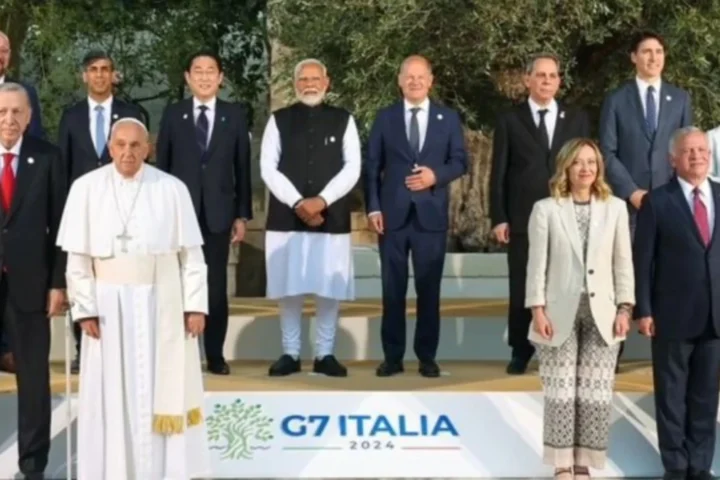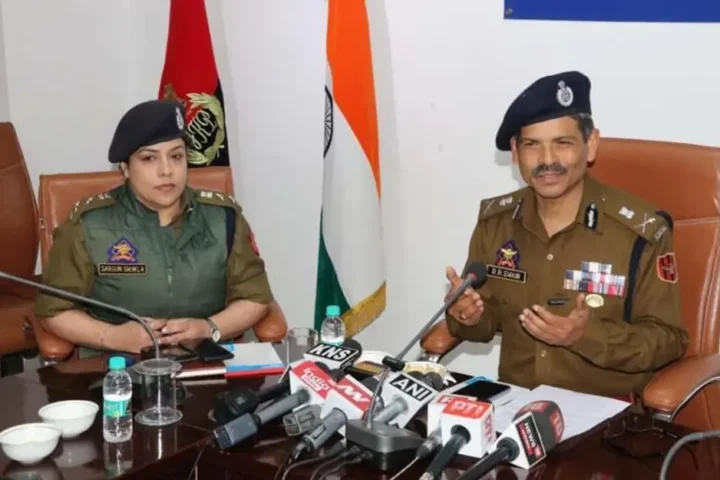Unearthing a Legal Challenge
A 42-year-old legal ruling unexpectedly challenges the Indian government’s justification for President’s rule and Article 370’s abrogation in Jammu and Kashmir.
The 1971 Precedent
The case revolves around former Tamil Nadu Chief Minister M. Karunanidhi. In 1971, the Supreme Court ruled that when a Governor dissolves a state’s legislative Assembly and assumes its powers, Article 356, citing a “failure of constitutional machinery,” doesn’t apply.
Questioning Presidential Claims
Senior advocate Shekhar Naphade, representing the petitioner, questions the President’s assertion of “constitutional machinery breakdown” when the Governor, appointed by the President, is in control.
Implications and Scrutiny
This challenge raises critical doubts about the government’s actions in Jammu and Kashmir and emphasizes the need for legal scrutiny.
Governor’s Role and Constitutional Machinery
The 1971 judgment emphasized that the Governor is appointed by the President under Article 155, and Article 356 is invoked in cases of a “failure of constitutional machinery.” However, when a legislative assembly is dissolved, as per the judgment, there is no such failure within the scope of Article 356.
The J&K Scenario
In Jammu and Kashmir, the Governor dissolved the State legislative assembly in November 2018, and President’s rule under Article 356 was imposed in December 2018. Parliament approved this move in January 2019, and President’s rule was extended until July 2019.
Constitutional Changes and Abrogation of Article 370
In August 2019, significant changes were made, including the introduction of Article 367(4), leading to the abrogation of Article 370 and the reorganization of the State of Jammu and Kashmir. This sequence of events is now under legal scrutiny.
The Argument for Illegality
Advocate Naphade contended that once the State Assembly was dissolved, there was no basis for declaring a “failure of machinery.” Therefore, the Presidential proclamation under Article 356 lacked jurisdiction and was, in essence, without legal foundation.
Preservation of Statehood
Referring to the S.R. Bommai case, which emphasized the survival of a State as a “constitutional entity,” Naphade argued that the intention behind Article 356 was to restore normalcy to a State, not to eliminate the State itself.
Conclusion
This legal challenge based on a decades-old Supreme Court ruling adds an intriguing layer to the debate surrounding President’s rule in Jammu and Kashmir and the abrogation of Article 370. It underscores the importance of legal scrutiny in matters of constitutional significance.







